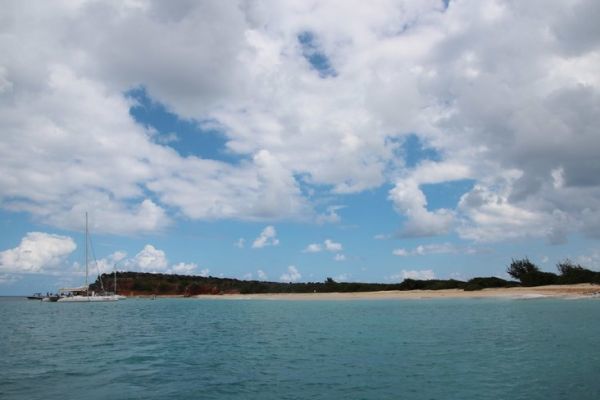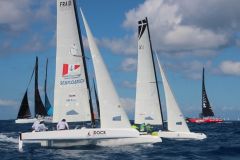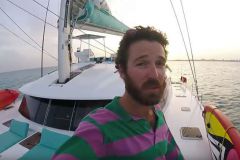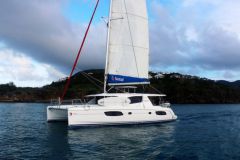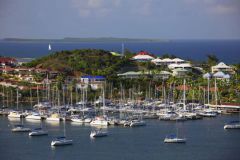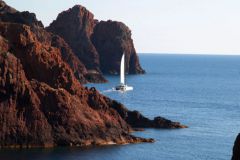Created in 1998, the National Nature Reserve of Saint-Martin extends to the northeast of the Caribbean island. Both terrestrial and marine, this reserve occupies the plateau that stretches between the islands of Anguilla, Saint-Martin and Saint-Barthélemy. The mission of this reserve is to manage and protect the natural areas and also to share and discover this protected landscape.
Boaters welcomed
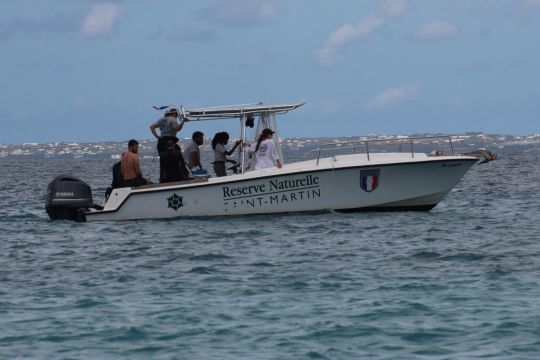
For boaters, navigation is authorized in the reserve. Only anchoring is regulated. The most popular areas are the Rocher Créole to the west and the island of Tintamare to the east of the reserve. In these two areas, buoys provided by the manager of the nature reserve of Saint-Martin have been installed to prevent boats from anchoring.
Yellow buoys are for pleasure boats under 50 feet. The white buoys are reserved for diving boats. Attention, night anchoring is forbidden without authorization from the Nature Reserve.
Tintamare and the White Bay
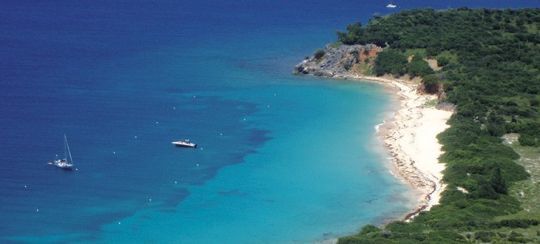
In Tintamarre, at the place called "Baie Blanche", i.e. the bay of the leeward coast, 17 yellow mooring buoys, set up by the Nature Reserve, are available for boats of less than 15 meters or up to 15 tons. Their use limits the degradation of the bottom. Small boats, less than 10 meters, are tolerated at anchor exclusively on the sand. A safety distance of 20 meters from the beach is required for the safety of bathers.
A very nice snorkeling site is accessible, close to the anchorage, in the extension of the northern point. You can also walk on land and discover the old plane carcasses which date from the time of the smugglers who used a runway between 1944 and 1952.
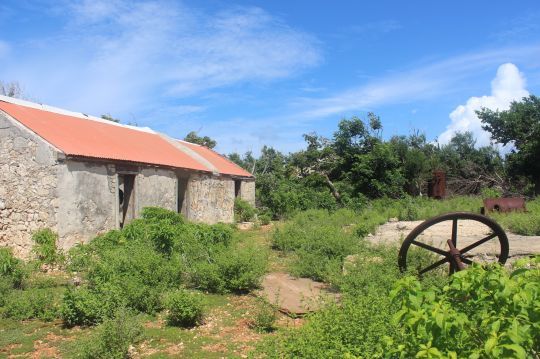
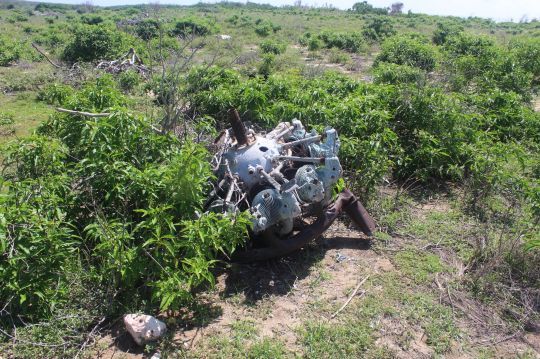
The Creole Rock, a spot for diving
The Rocher Créole is one of the most beautiful dive sites in StâeurosMartin, for beginners as well as for advanced divers. Shallow, accessible and well protected, it is ideal for beginners to scuba diving and snorkeling. It is forbidden to use a motorized vehicle within a 30-meter strip in front of the beach, as well as to disembark on the beach and to climb the rock, where brown boobies and strawberry whales are nesting.
Animals to watch
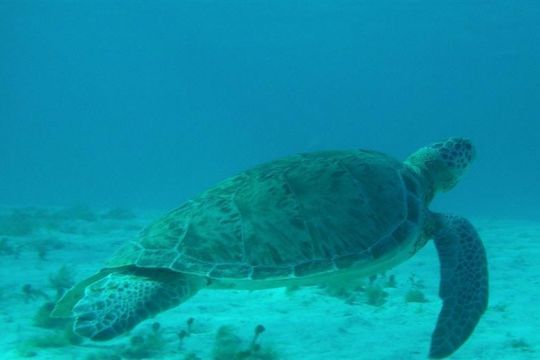
This protection ensures a beautiful diversity of fauna that can easily be discovered with a simple mask. The amateurs will be able to easily discover turtles or rays which are common in this area.
Note that Saint-Martin is also part of the Agoa sanctuary, an area off the West Indies to defend and protect large marine mammals. In addition to the numerous dolphins, you can also discover humpback whales and large sperm whales during their breeding season.
Reminder of prohibitions in the marine nature reserve
- Anchoring on reef and sea grass areas,
- Scuba diving has not been declared to the manager,
- The disembarkation and the ascent of the Creole rock, Petite Clef, the cliffs of Tintamarre, the
- islets of the Bay of the Embouchure,
- Clay sampling and mud baths at Tintamarre,
- Sand sampling,
- The collection of dead or live shellfish,
- Collection of dead or living plants,
- Any noise disturbance,
- The fairground anchorage
- Anchoring at night without authorization from the manager of the Saint-Martin nature reserve,
- Bivouacs and fires outside of the areas provided for this purpose,
- Kitesurfing in the Galion and Tintamarre bays,
- The use of personal motorized submersible devices for recreational use,
- The sport and/or recreational practice of machines and/or materials towed by a boat,
- The night use of underwater projectors and external light sources, implanted on the hulls of boats and nautical devices.
